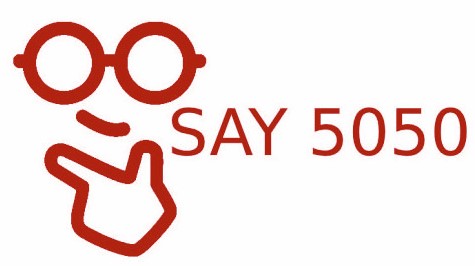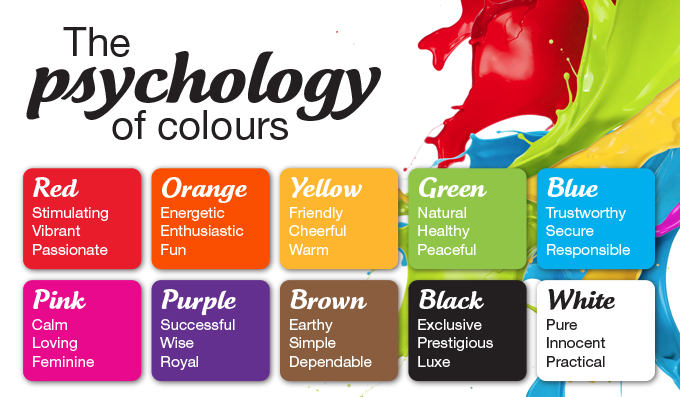Colour plays a significant role in our daily lives, affecting our emotions, decisions, and overall perception of the world around us. Understanding the psychology of colour can be particularly beneficial in fields such as marketing, design, and art. Here’s a closer look at how different colours influence behaviour and perception.
The Basics of Colour Psychology
Colour psychology is the study of how colours affect human behaviour and emotions. Different colours can evoke different feelings and reactions, often subconsciously. This is why colour choices are critical in branding, advertising, and interior design, among other areas.
Common Colour Associations
- Red: Often associated with energy, passion, and excitement, red can stimulate the senses and increase heart rates. It is frequently used in marketing to grab attention and evoke strong emotions.
- Blue: Known for its calming and serene qualities, blue is often linked to trust and reliability. Many financial institutions and tech companies use blue in their branding to convey stability and dependability.
- Yellow: Representing happiness and warmth, yellow can uplift and energise. However, excessive use can sometimes lead to feelings of anxiety or agitation, so it is often used sparingly in design.
- Green: Symbolising nature, growth, and health, green has a calming effect and is commonly used in spaces meant to promote relaxation and well-being. It is also widely used in branding for eco-friendly and health-related products.
- Purple: Often associated with luxury, creativity, and wisdom, purple is used to convey a sense of elegance and sophistication. It is popular in branding for beauty products and high-end goods.
- Black: Representing power, elegance, and mystery, black is a versatile colour often used to create a sophisticated and modern look. It is prevalent in fashion and luxury brands.
- White: Associated with purity, simplicity, and cleanliness, white can make spaces feel larger and more open. It is often used in minimalist design and to convey a sense of freshness.
Application in Marketing and Design
In marketing, understanding colour psychology can help create more effective advertising campaigns. For example, using red in a call-to-action button can create a sense of urgency, while blue can build trust in a brand. Similarly, in interior design, choosing the right colours for a space can enhance the desired mood and functionality. A calm, blue-hued bedroom might promote better sleep, while a vibrant, yellow kitchen can create an inviting atmosphere for socialising and dining.
Cultural Differences
It’s important to note that colour associations can vary significantly across different cultures. For instance, while white is often associated with purity in Western cultures, it is linked to mourning in some Eastern cultures. Being mindful of these differences is crucial for global brands and designers working with diverse audiences.
The psychology of colour is a powerful tool that can influence behaviour and perception in various ways. By understanding how different colours affect emotions and decisions, professionals in marketing, design, and other fields can create more impactful and resonant experiences for their audiences. Whether it’s choosing the right colour for a brand logo or designing a calming interior space, the strategic use of colour can make a significant difference.



